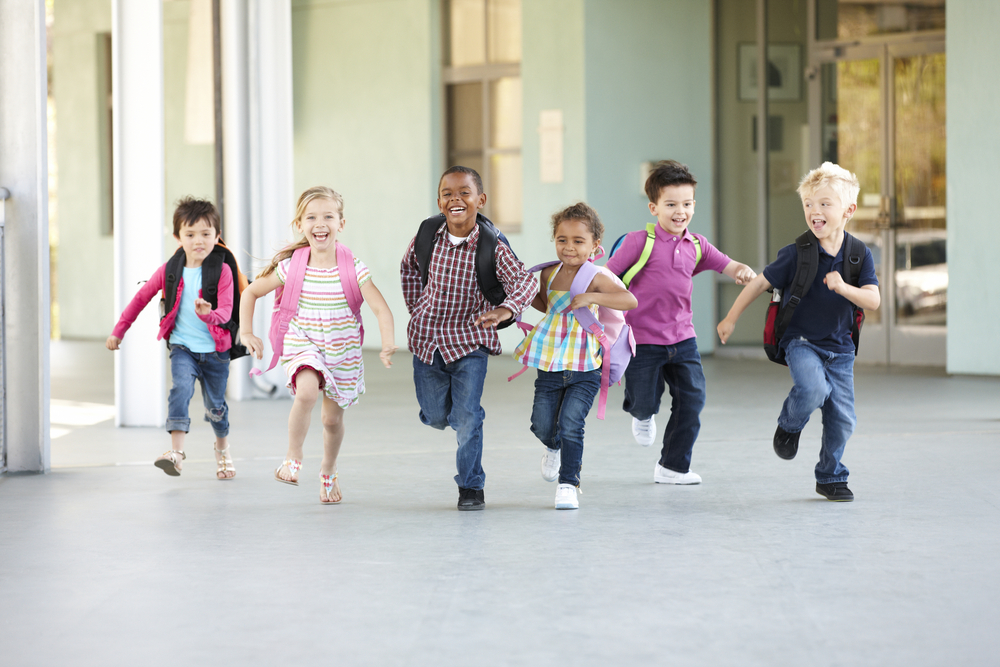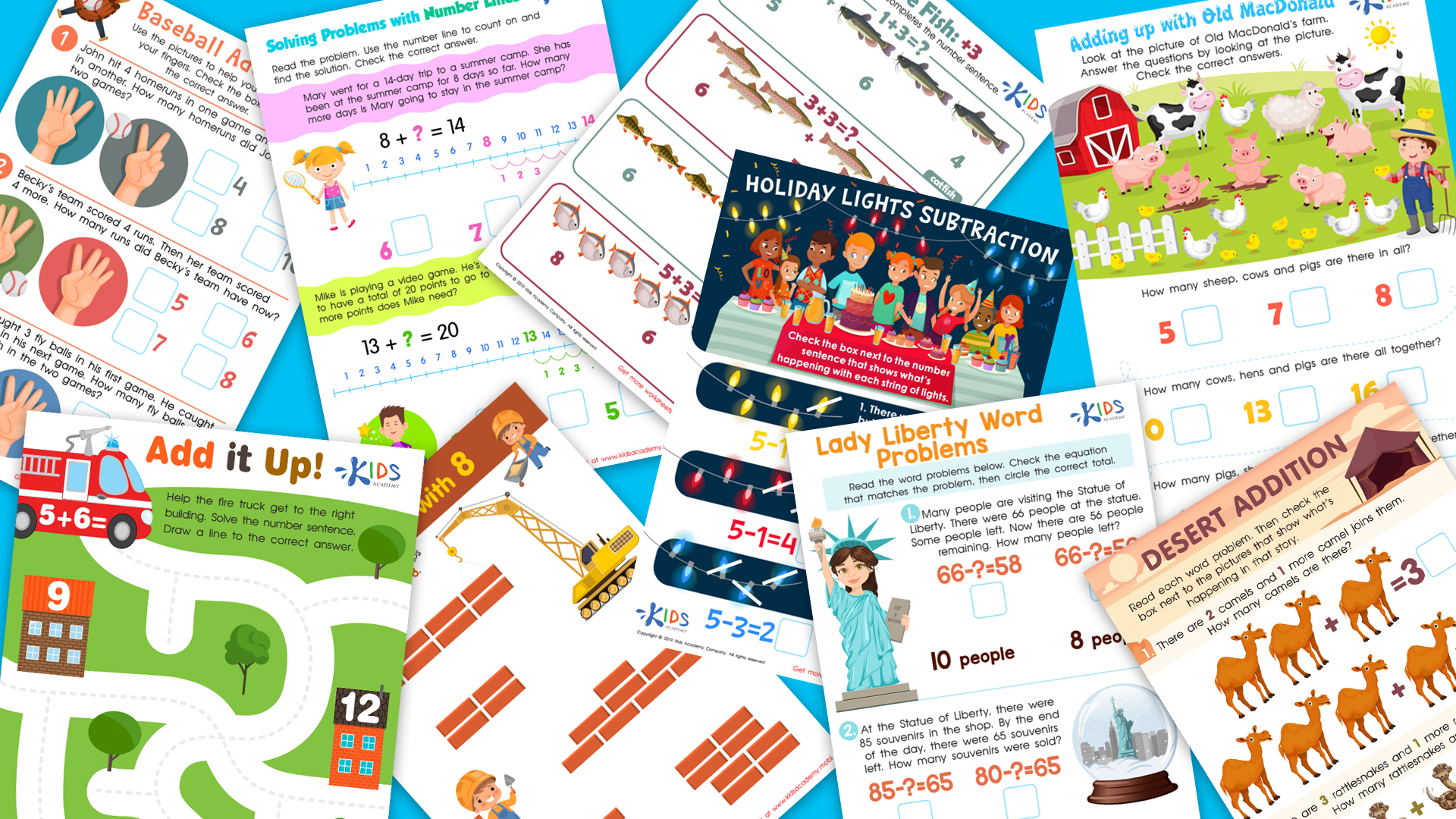Drawing skills Addition Worksheets for Ages 7-8
6 filtered results
-
From - To
Enhance your child's understanding of addition with our Drawing Skills Addition Worksheets for Ages 7-8! Designed to make math engaging, these worksheets combine creative expression with essential arithmetic practice. Kids will enrich their drawing skills while solving addition problems, making the learning process fun and interactive. Each worksheet encourages students to visualize concepts and reinforces their understanding through artistic representation. Perfect for at-home learning or classroom activities, our resources cater to varied learning styles. Foster creativity and confidence in addition with our comprehensive, skill-building worksheets today! Explore our vibrant collection and help your child thrive in math while having fun!
Drawing skills and mathematical concepts, like addition, are intertwined in meaningful ways for children ages 7-8. Parents and teachers should care about developing drawing skills alongside addition for several reasons. First, drawing enhances a child's ability to visualize problems, enabling them to understand mathematical concepts better. When students draw representations of addition problems—such as using visuals to illustrate groups or counters—they can grasp the concept of combining numbers more concretely.
Moreover, drawing stimulates creativity, which can foster a love for learning and build confidence in tackling mathematical challenges. Engaging in art helps children develop fine motor skills, essential for writing and other academic tasks. Furthermore, drawing encourages expressive language, allowing kids to articulate their thought processes, which reinforces their understanding of math concepts.
In addition, integrating drawing with math promotes a positive, holistic learning experience that caters to diverse learning styles. For visual learners, this approach can make abstract concepts tangible and accessible. Overall, nurturing drawing skills alongside addition helps build foundational skills necessary for success in both math and literacy, preparing children for more complex concepts in the future and fostering a lifelong love of learning.

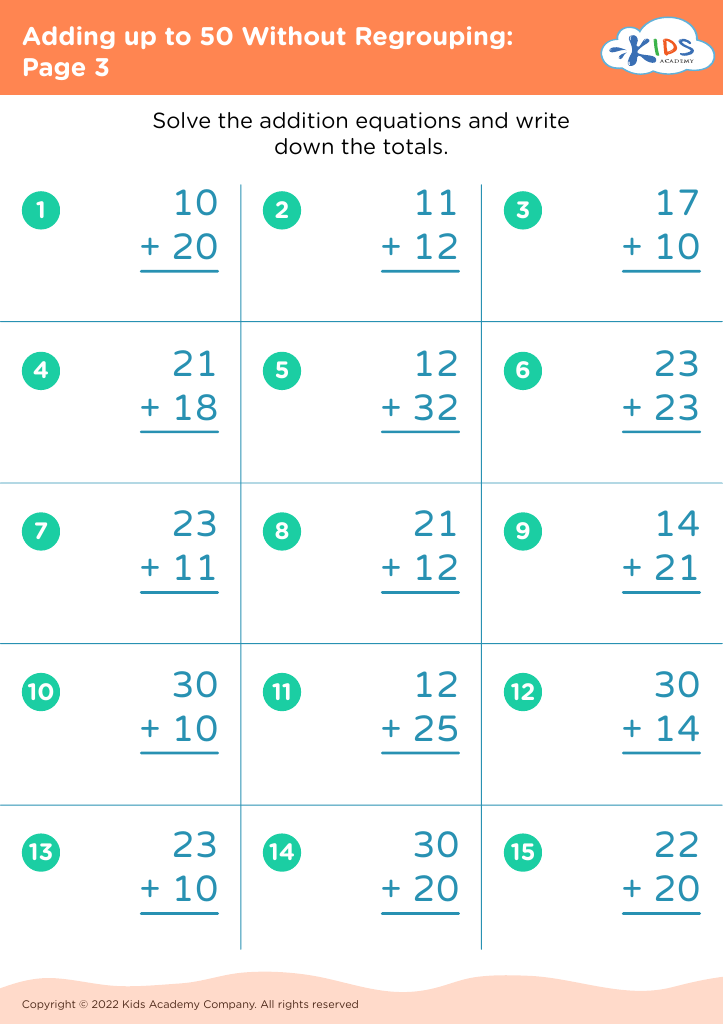
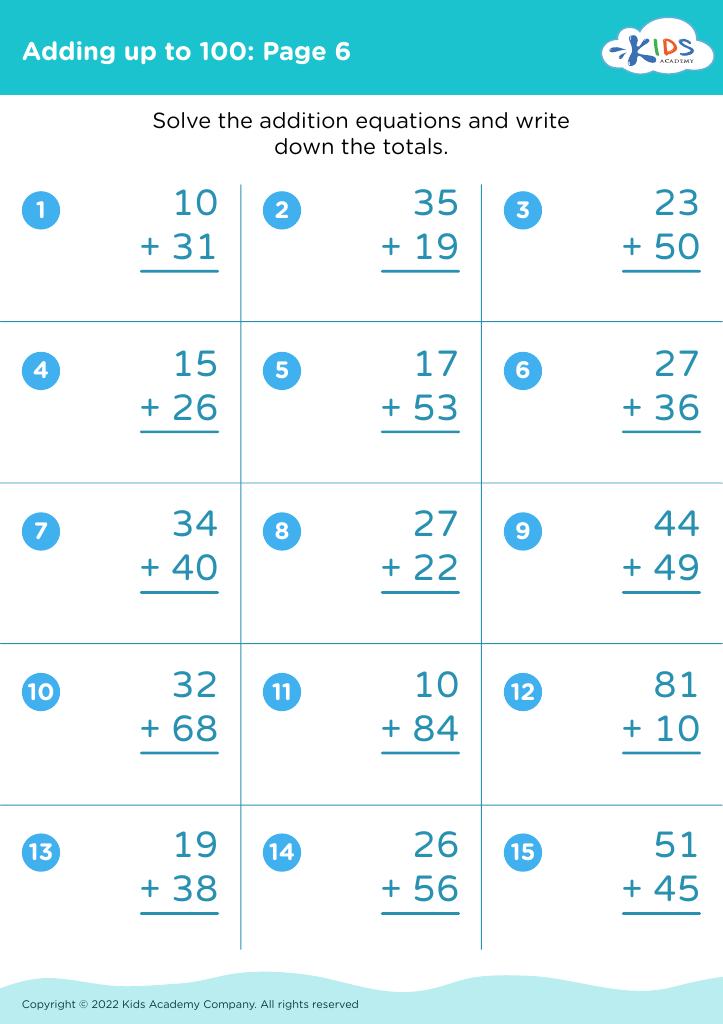

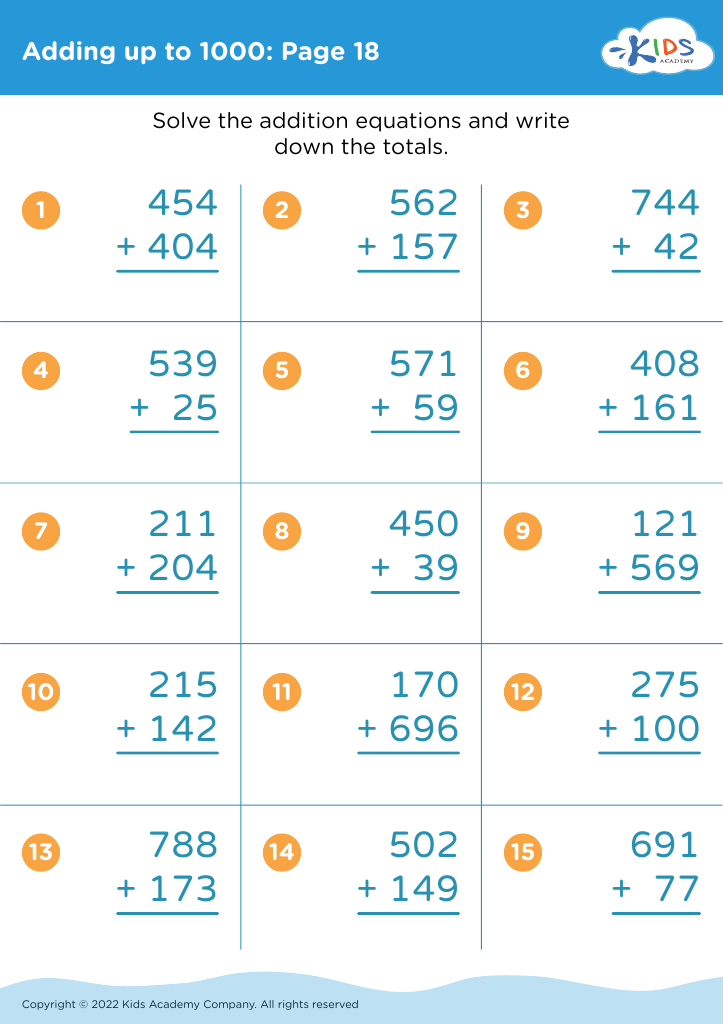
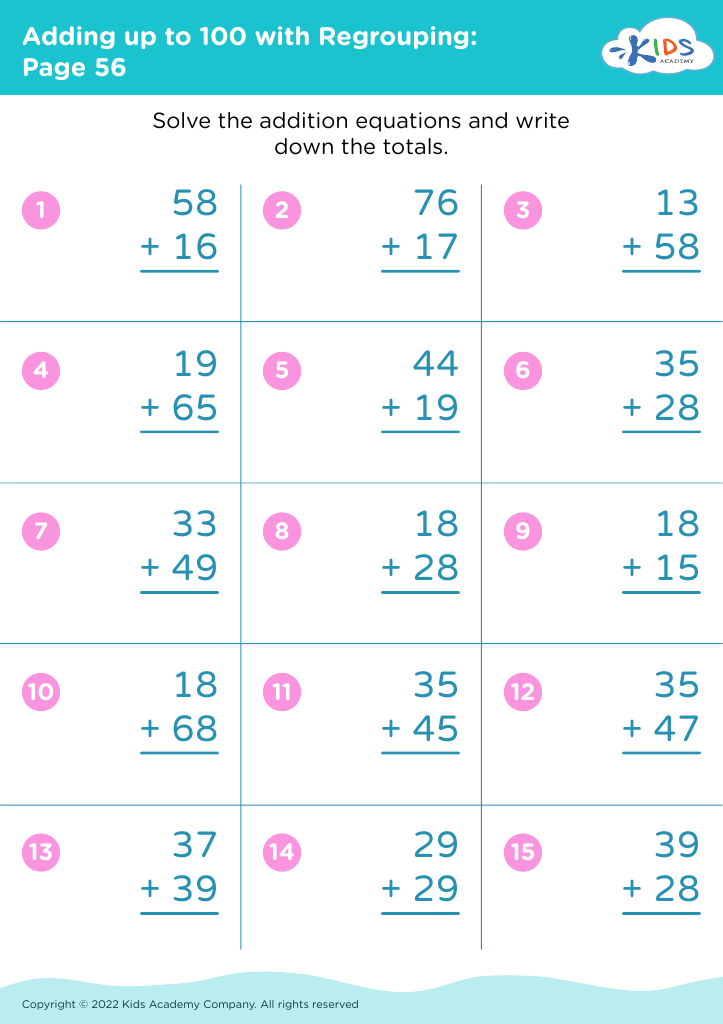
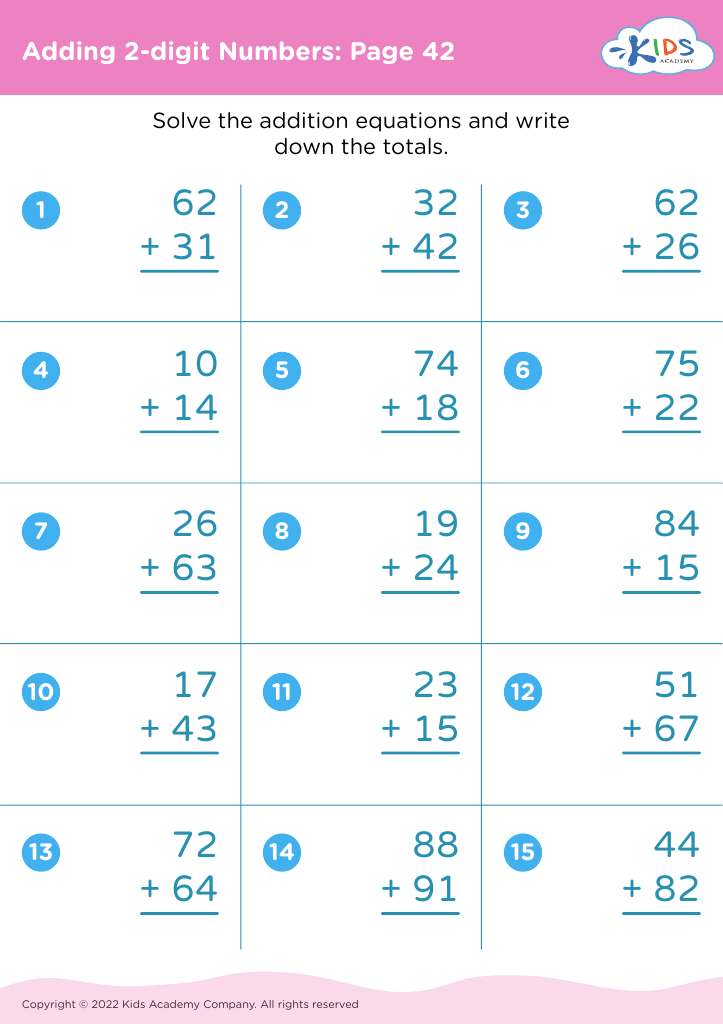





.jpg)
